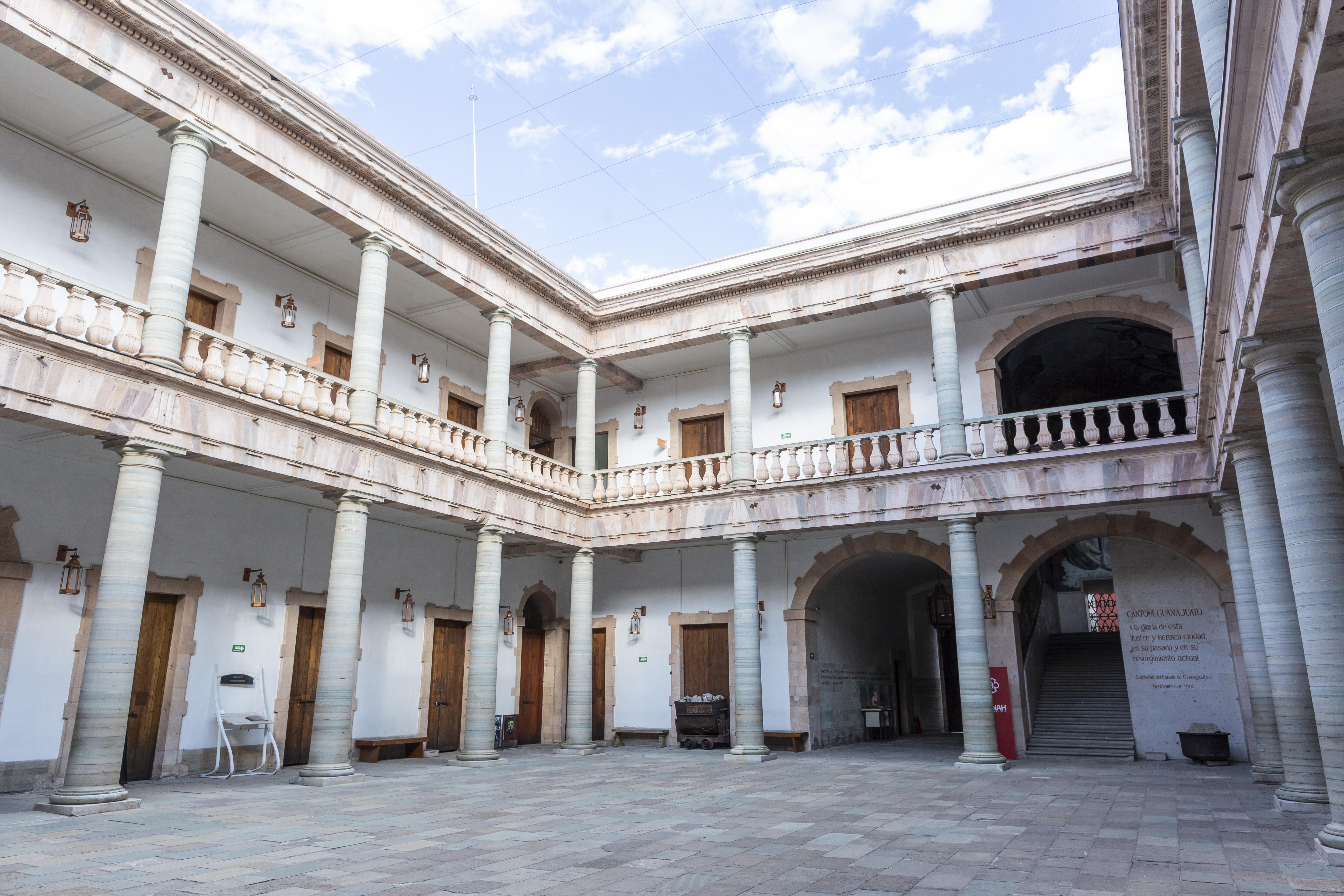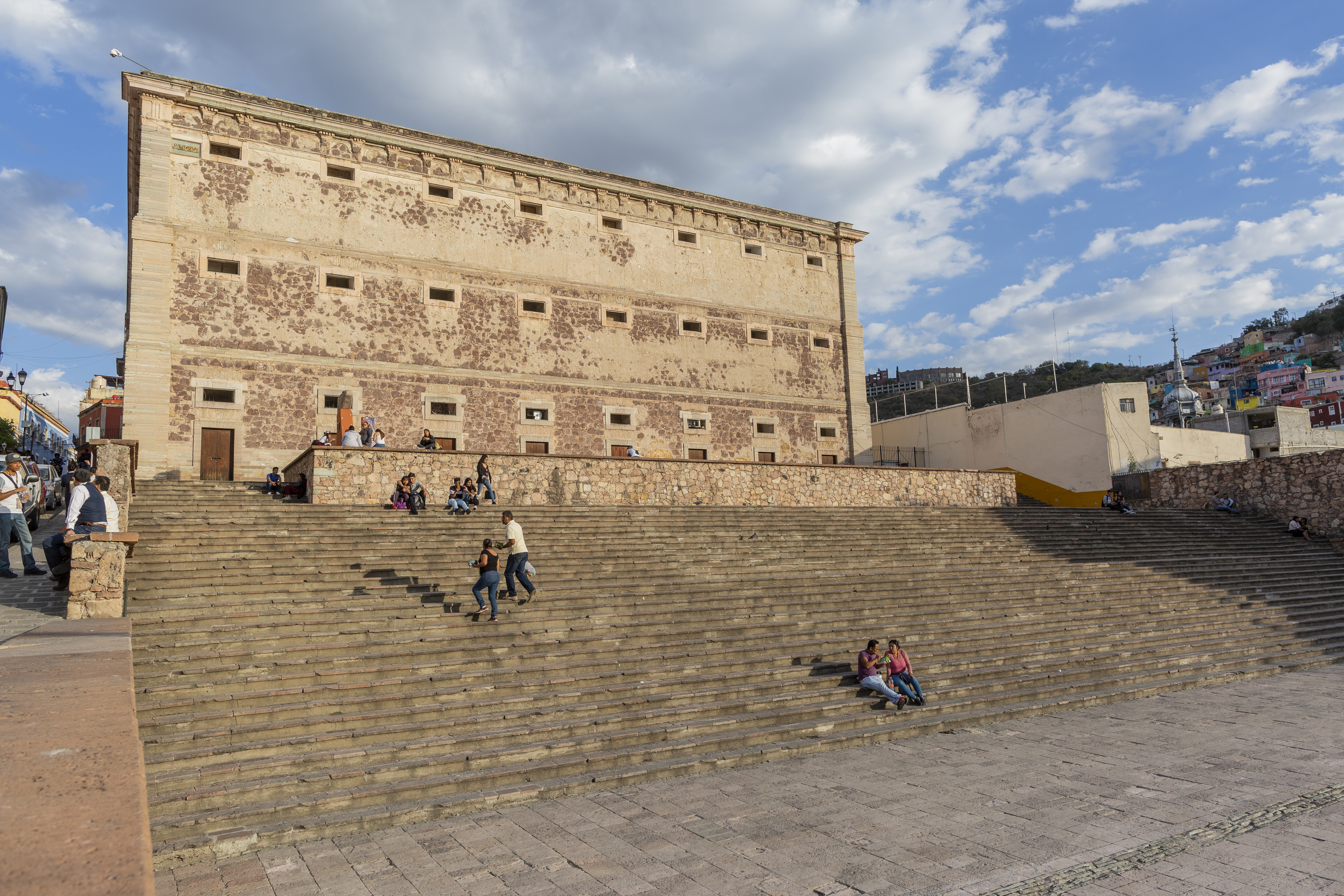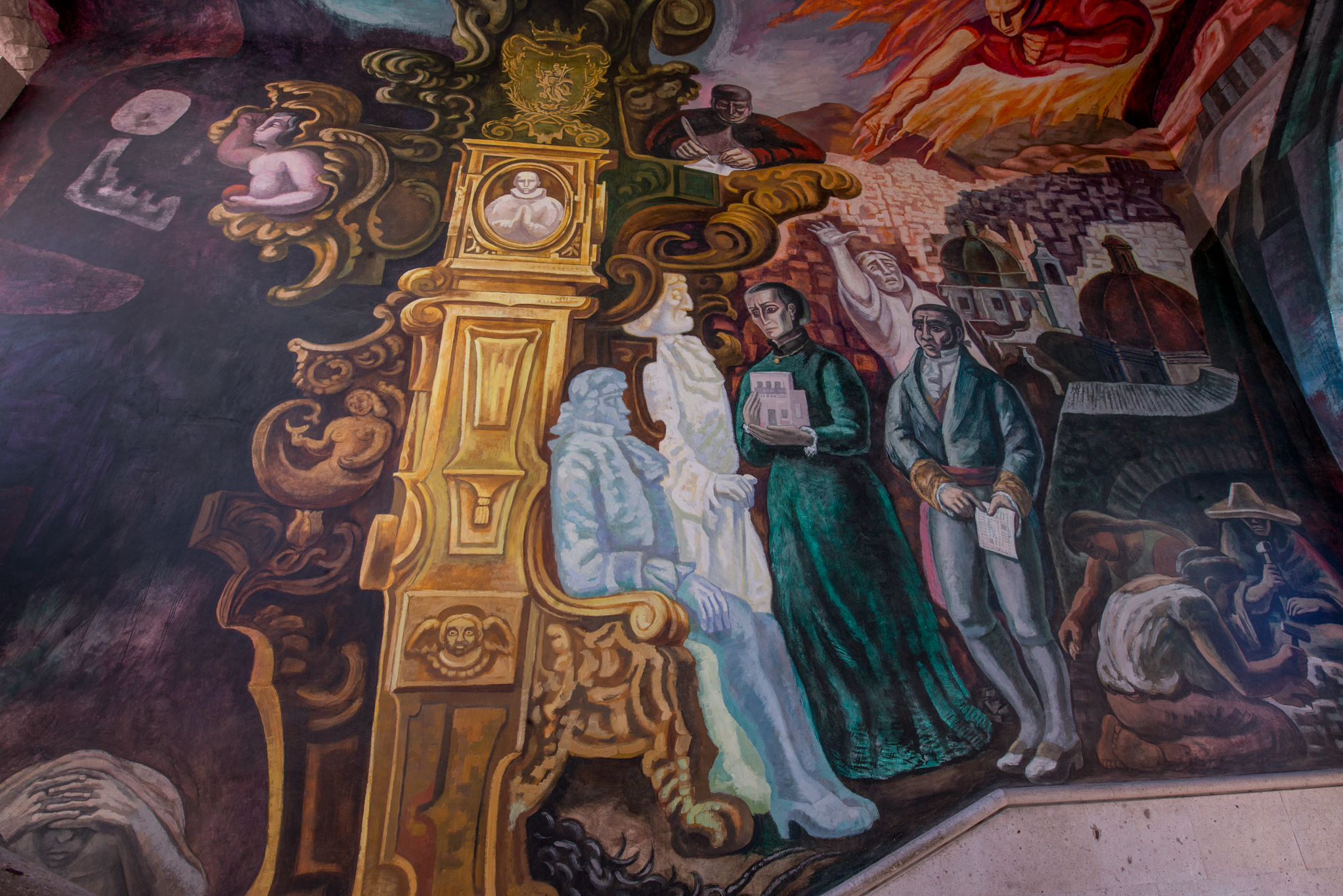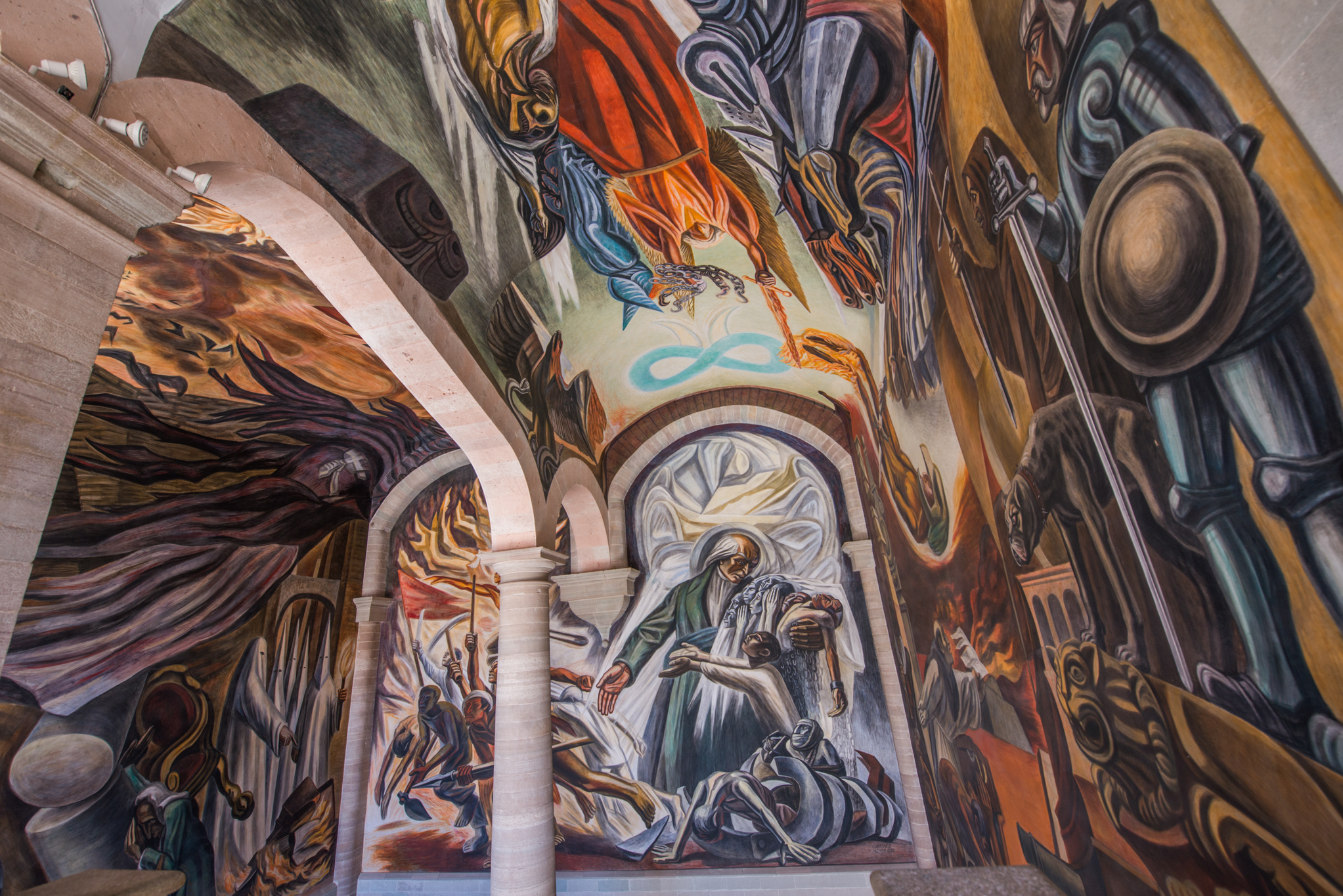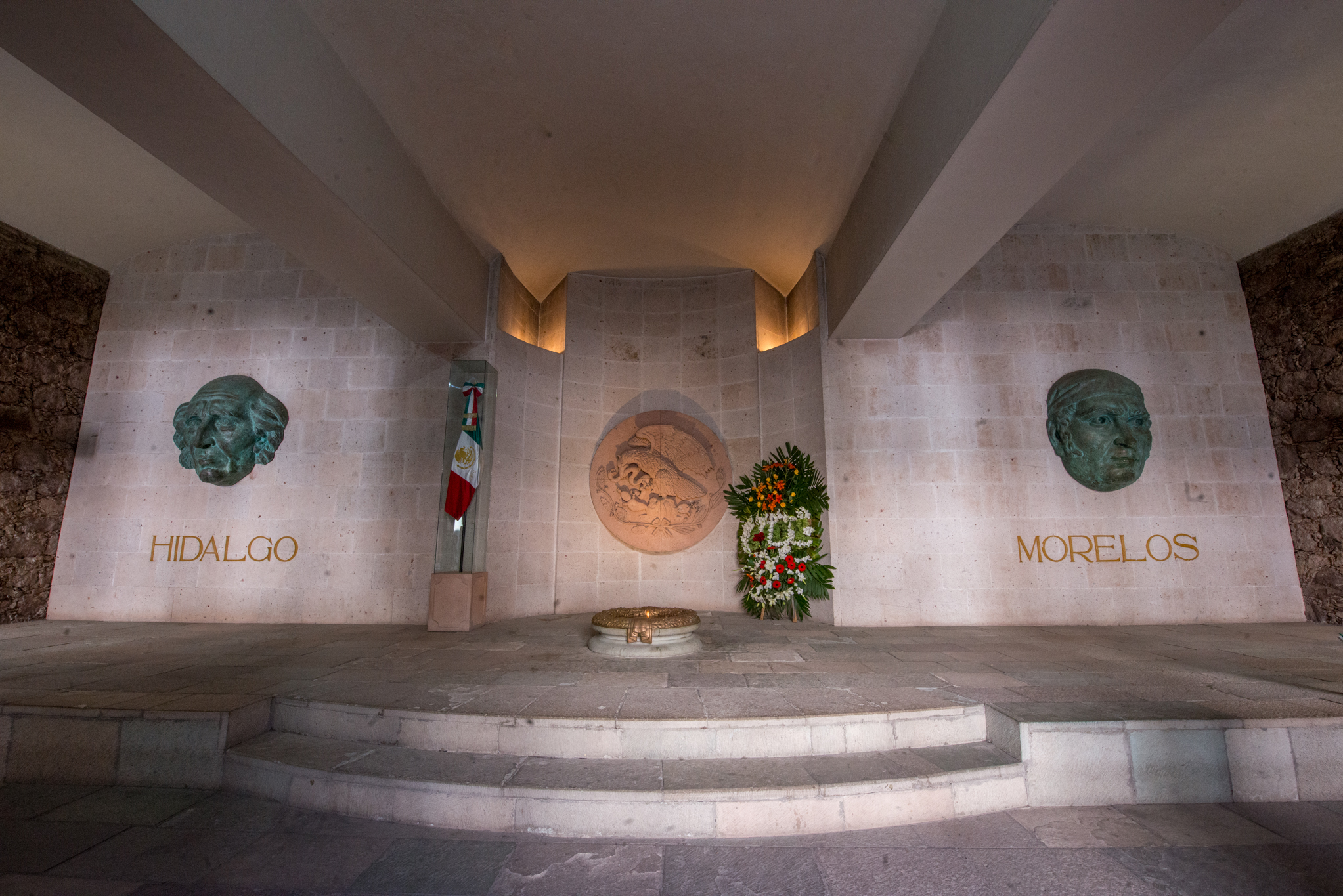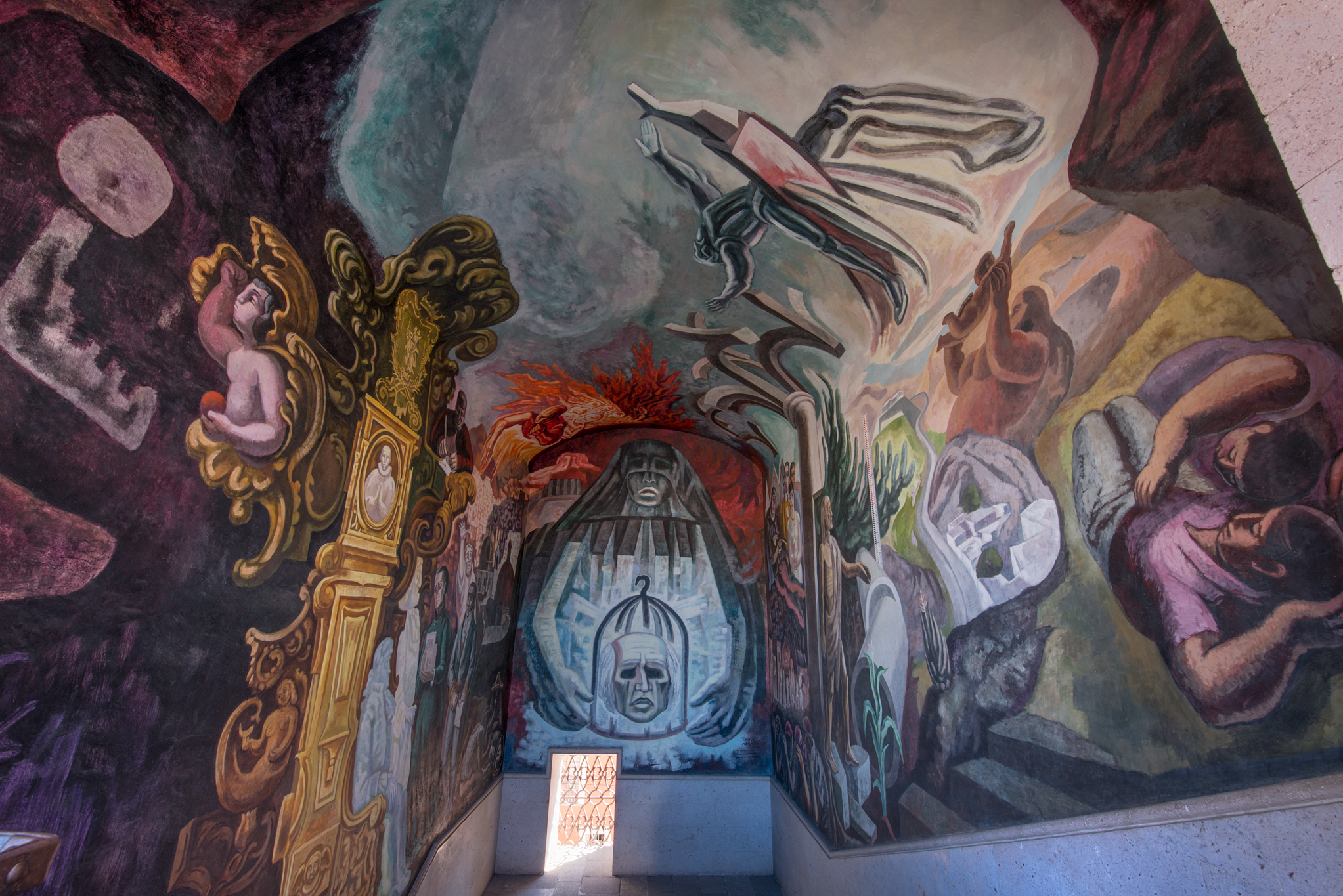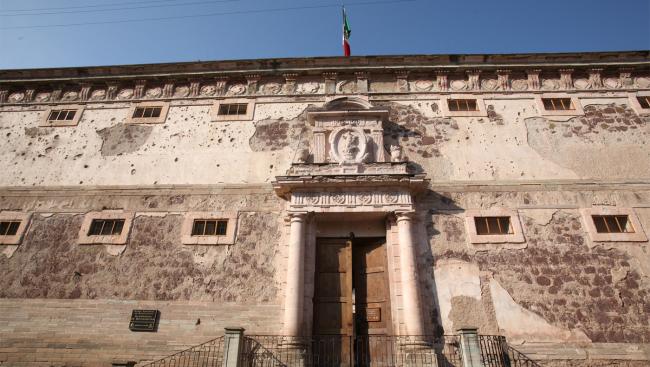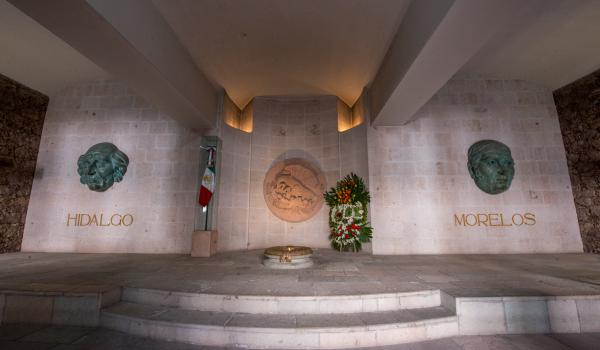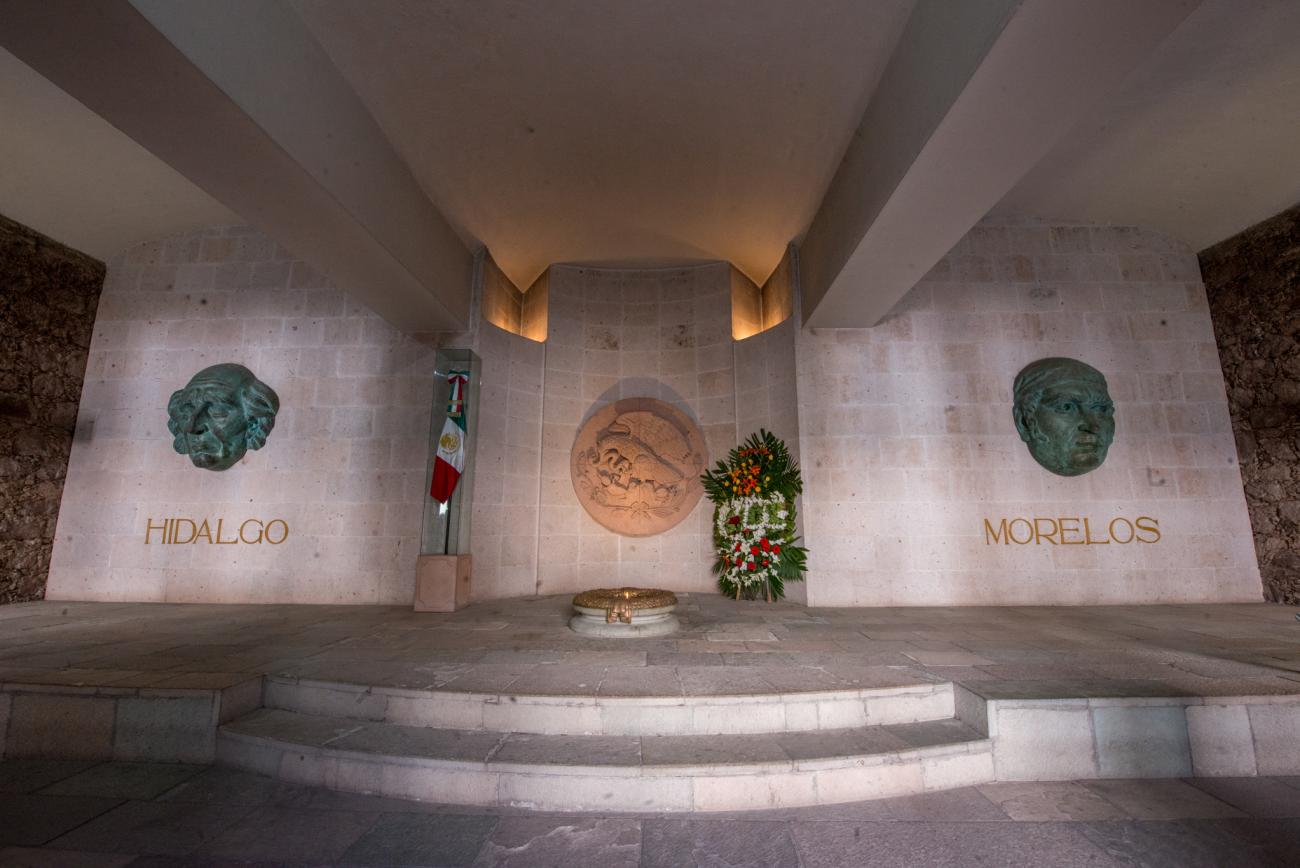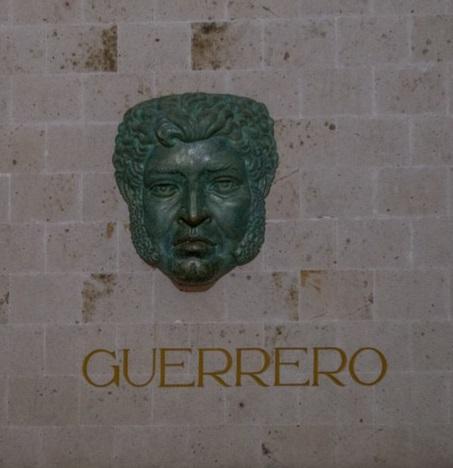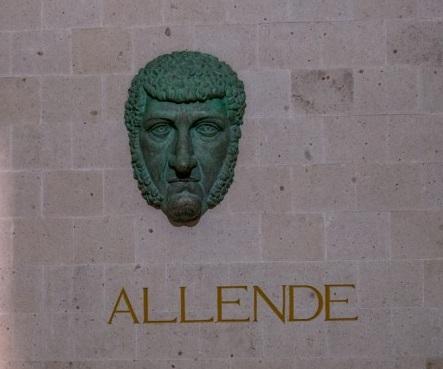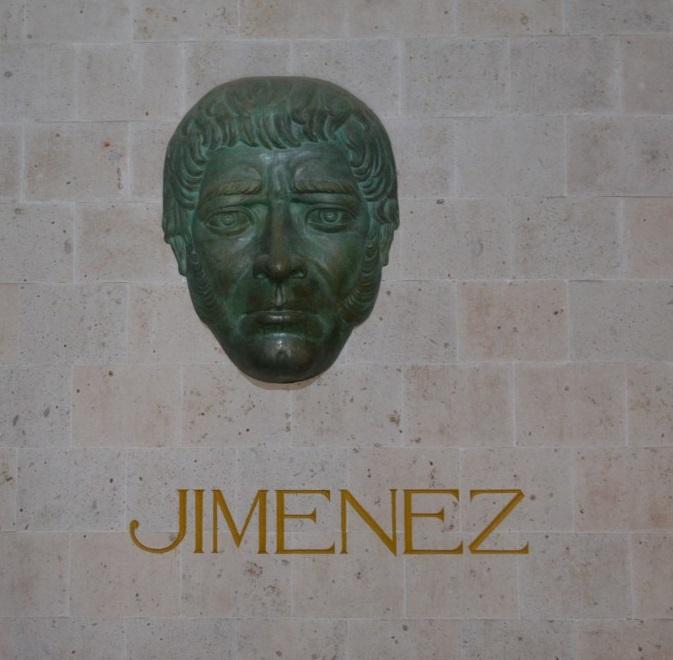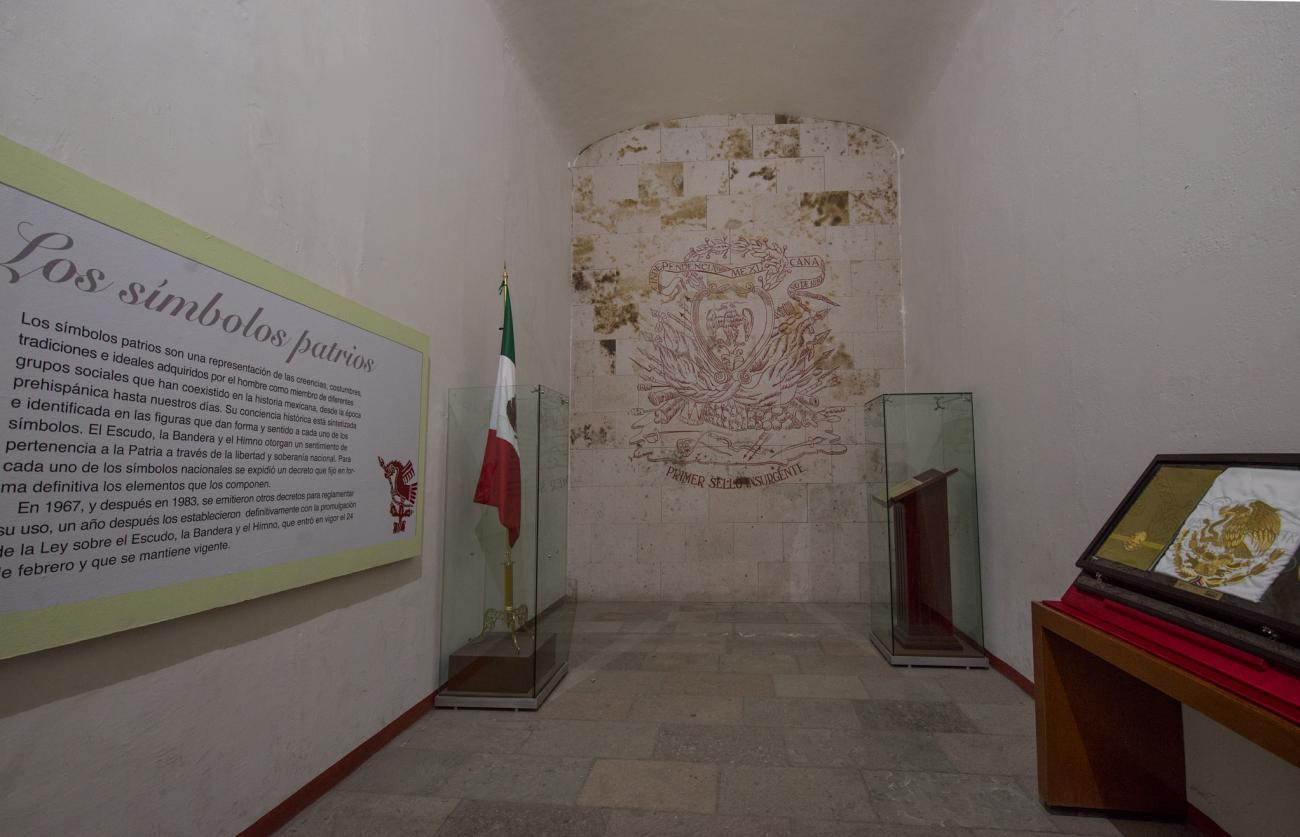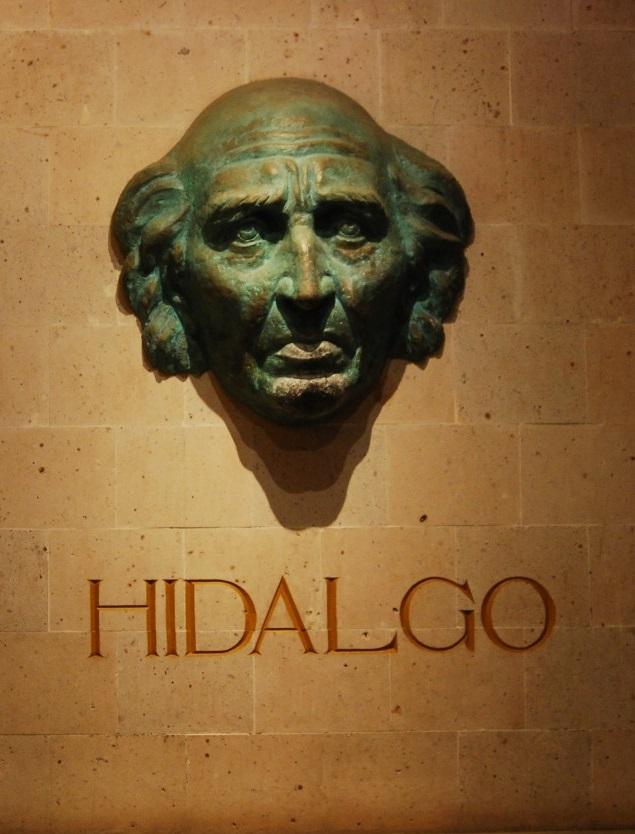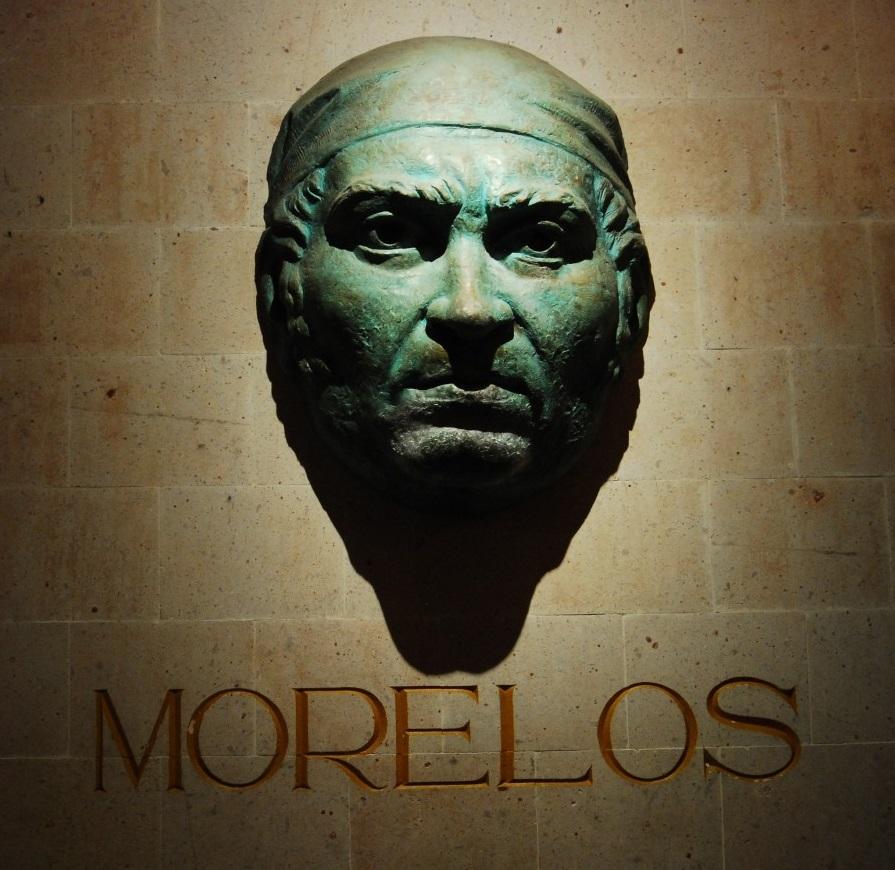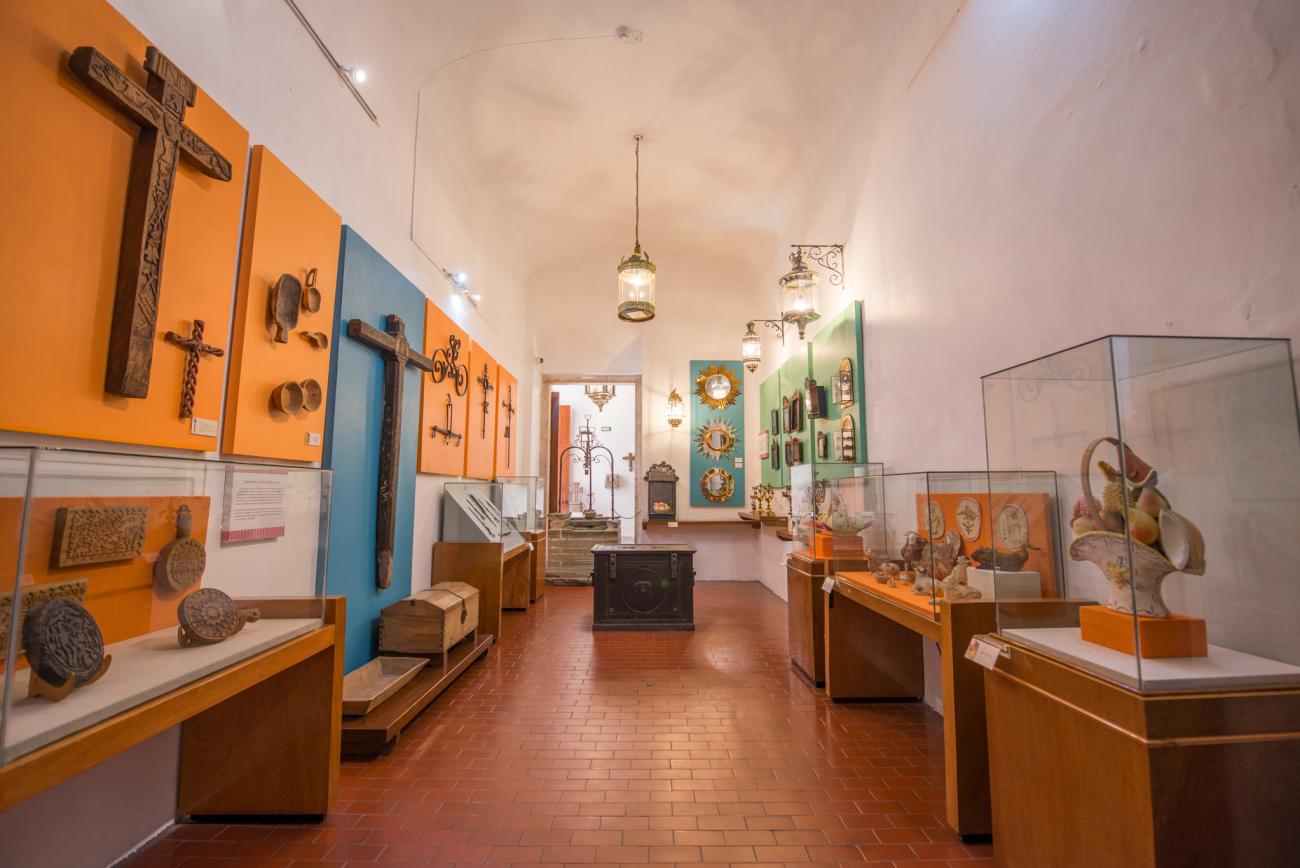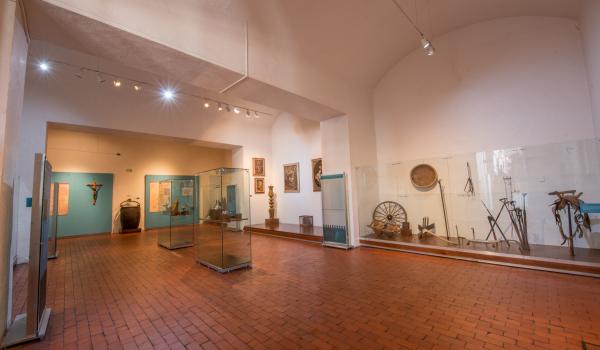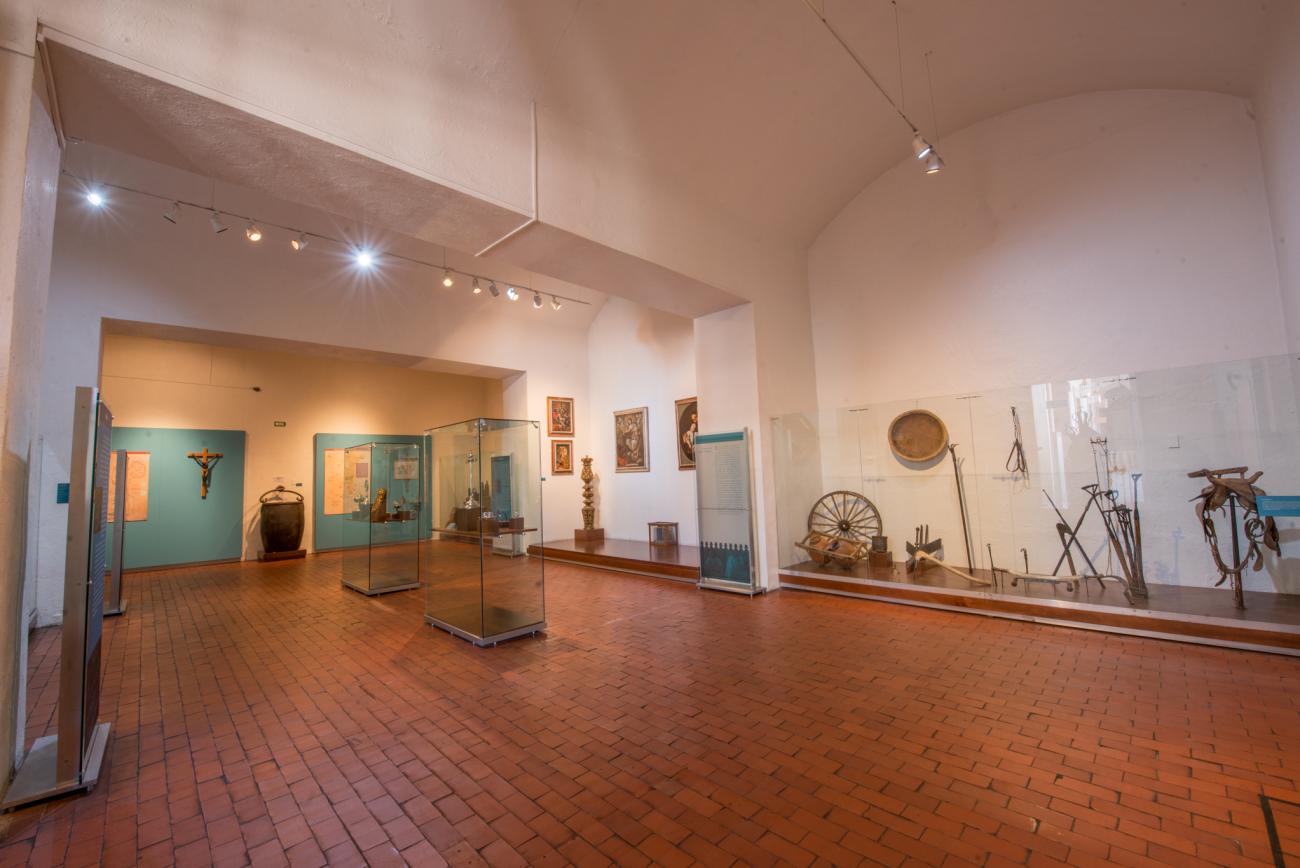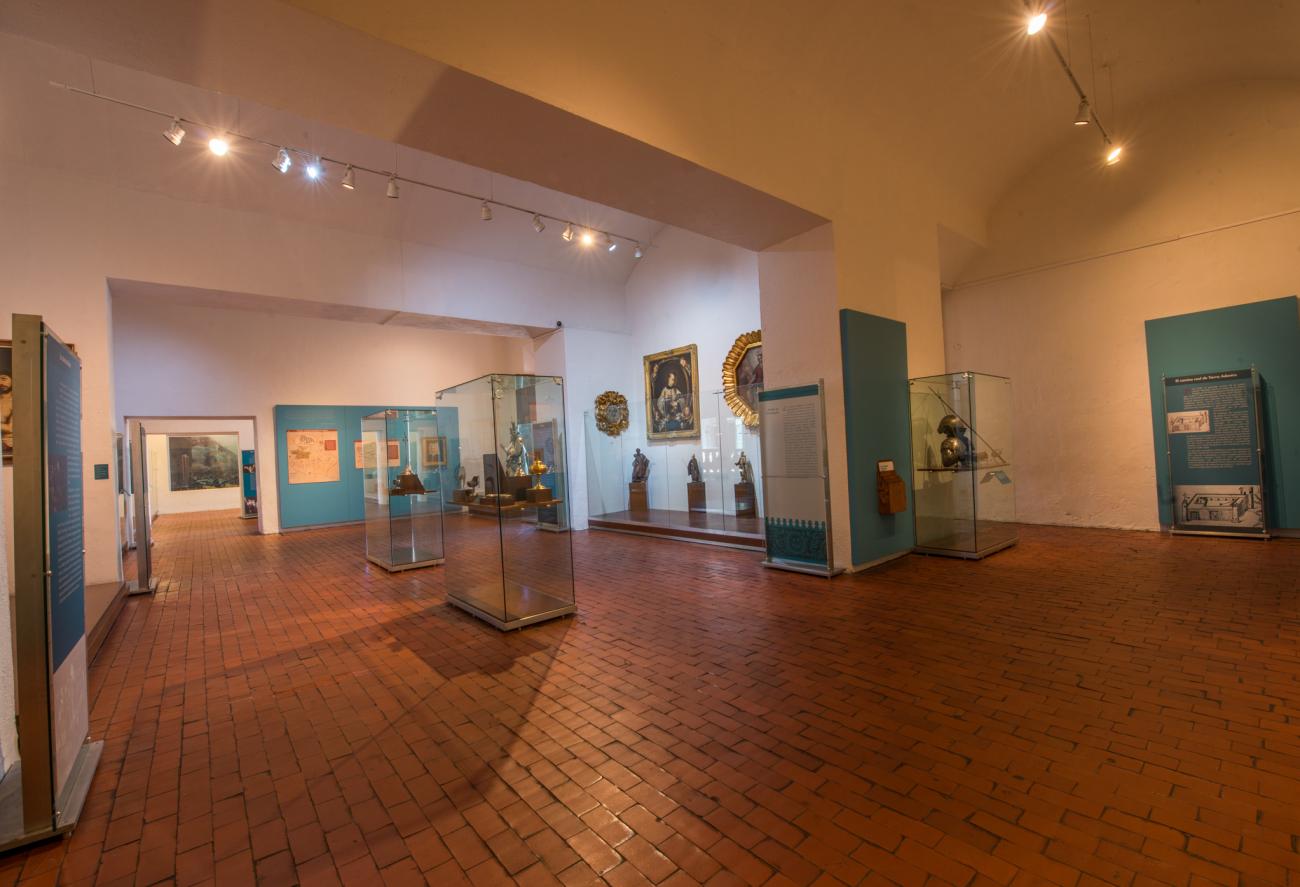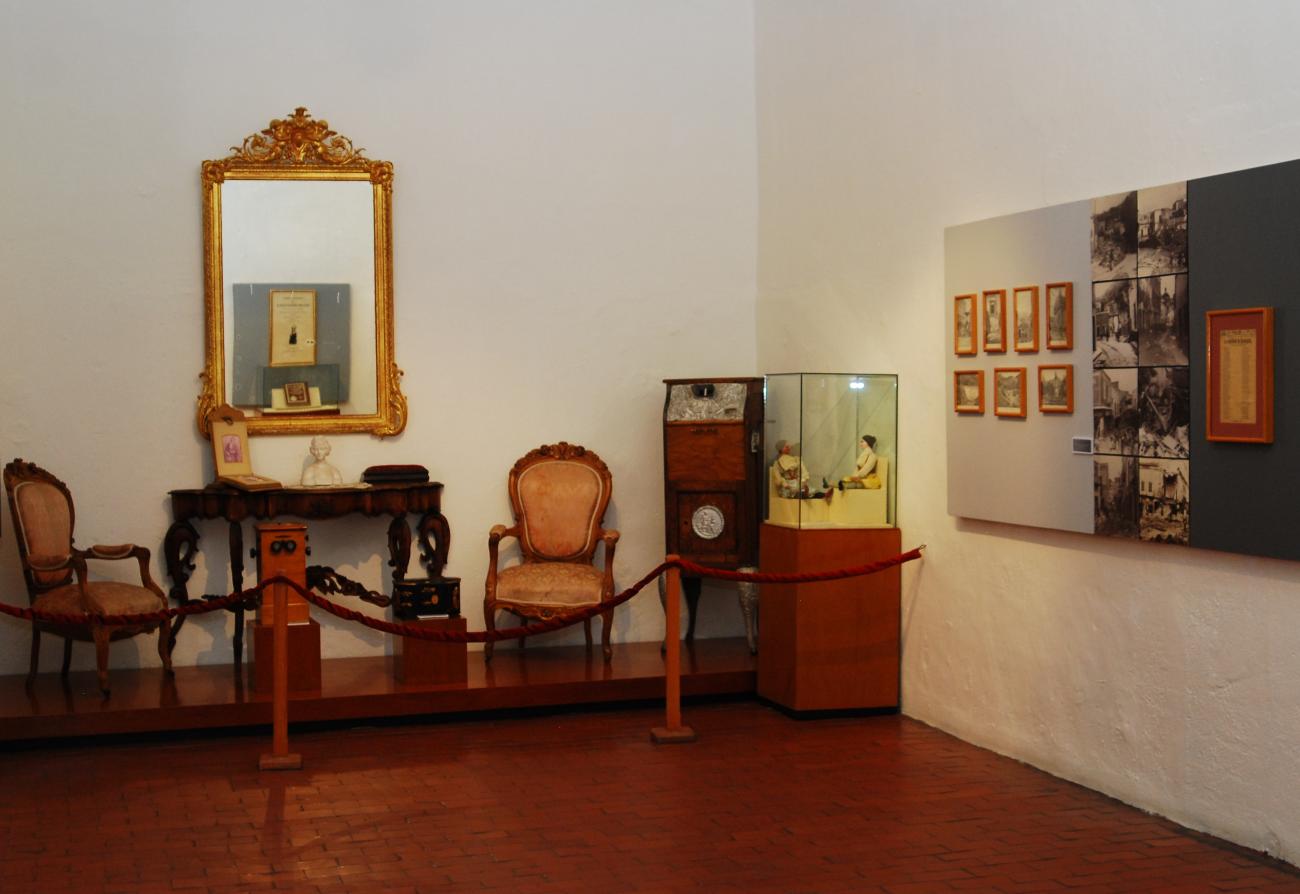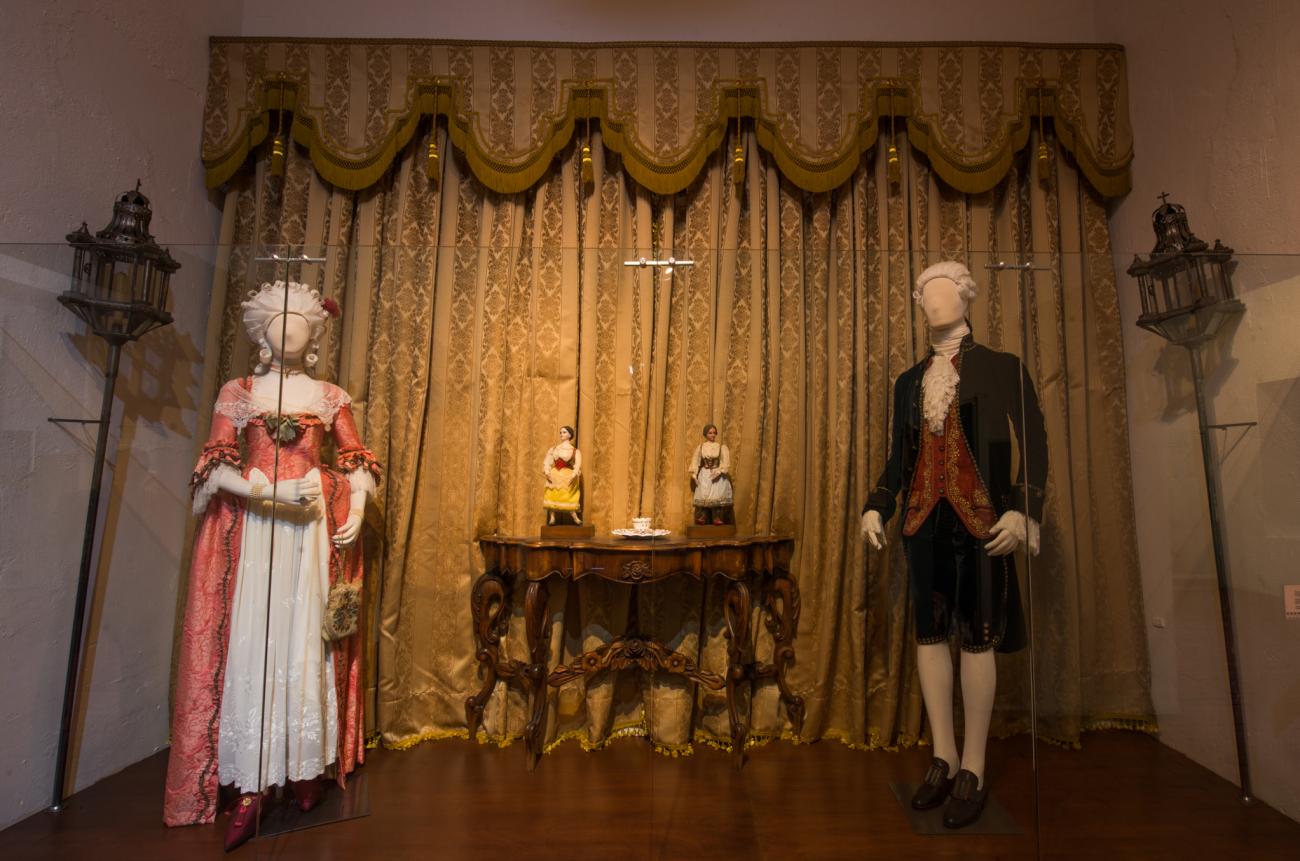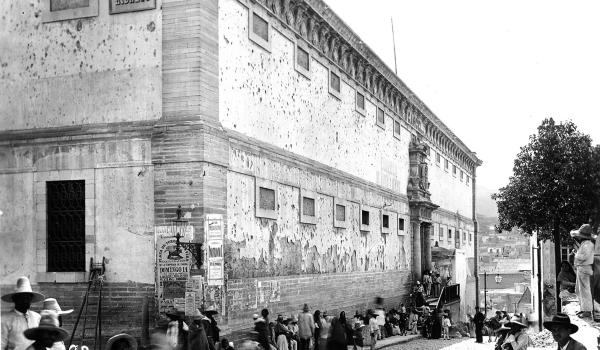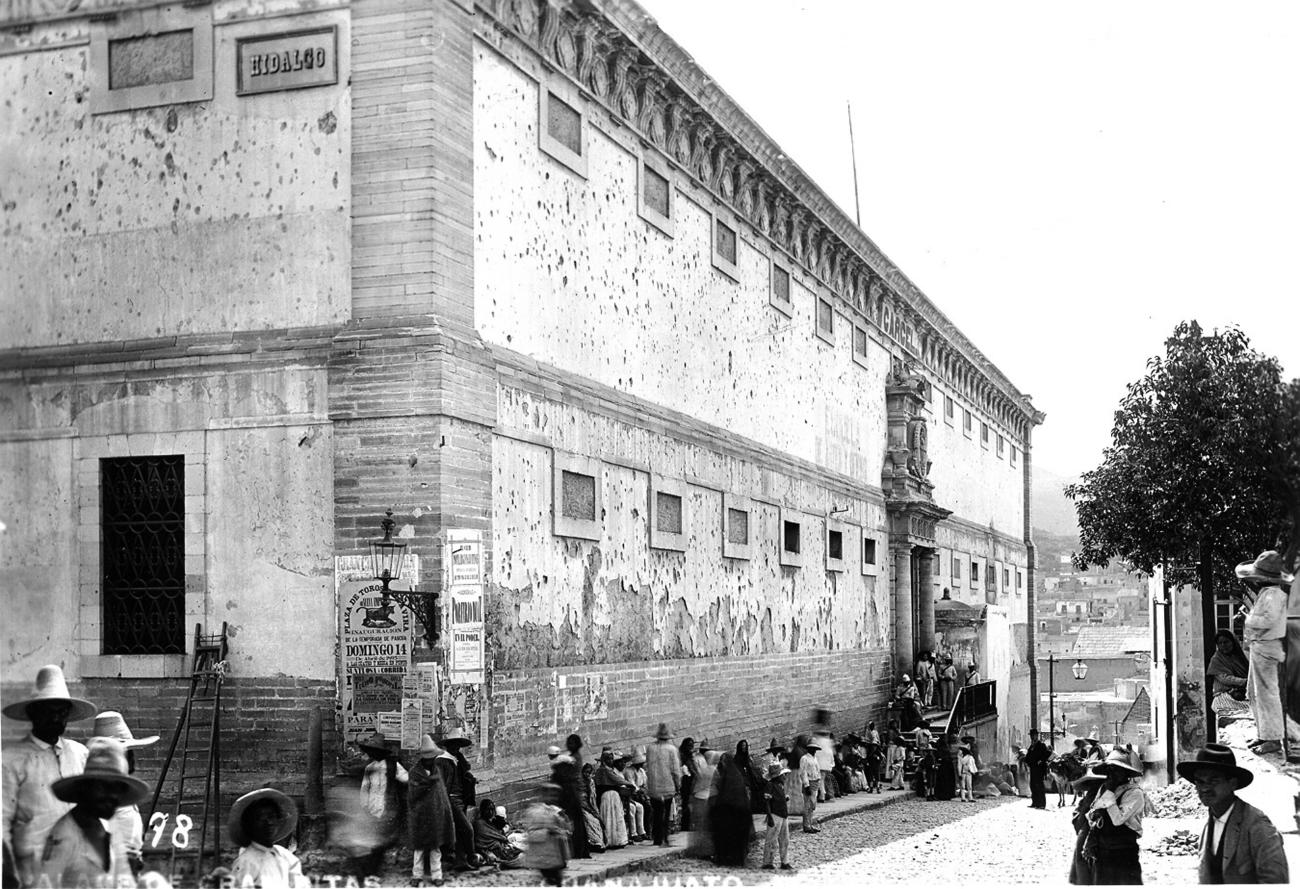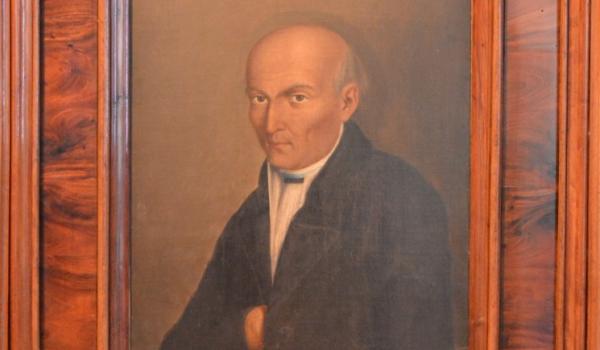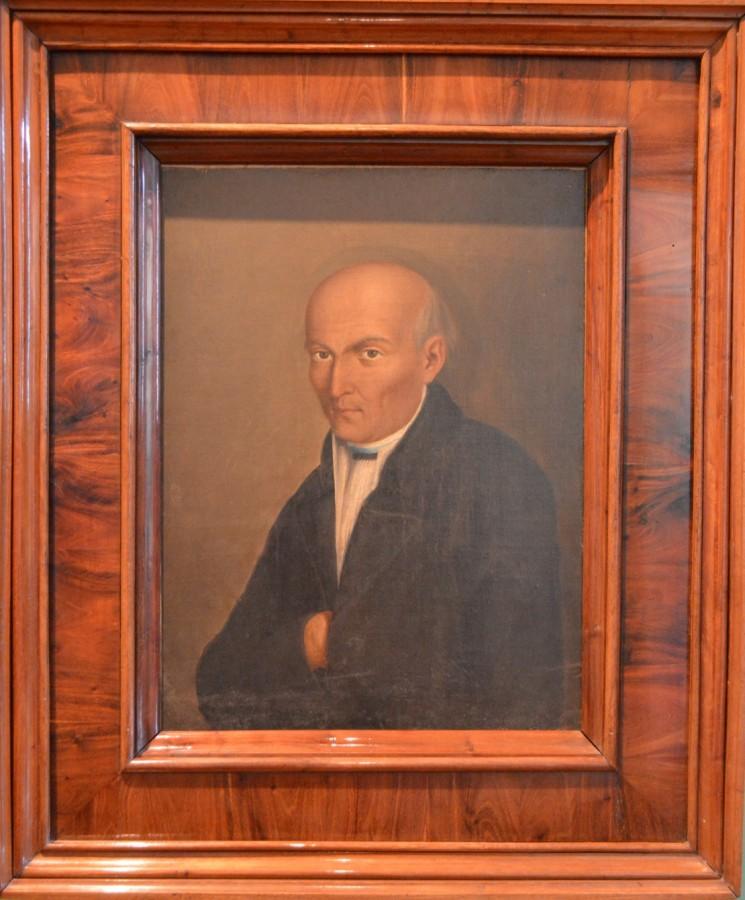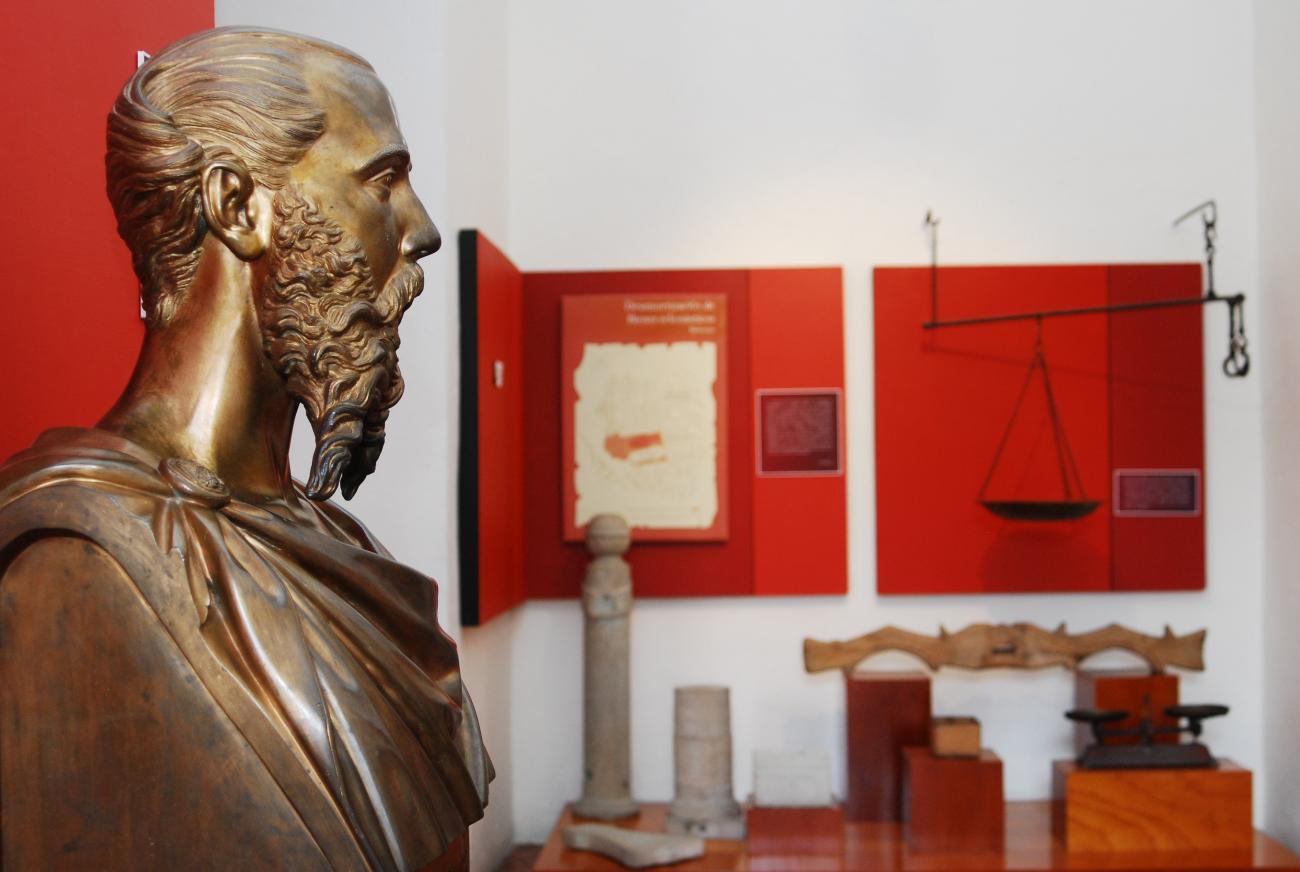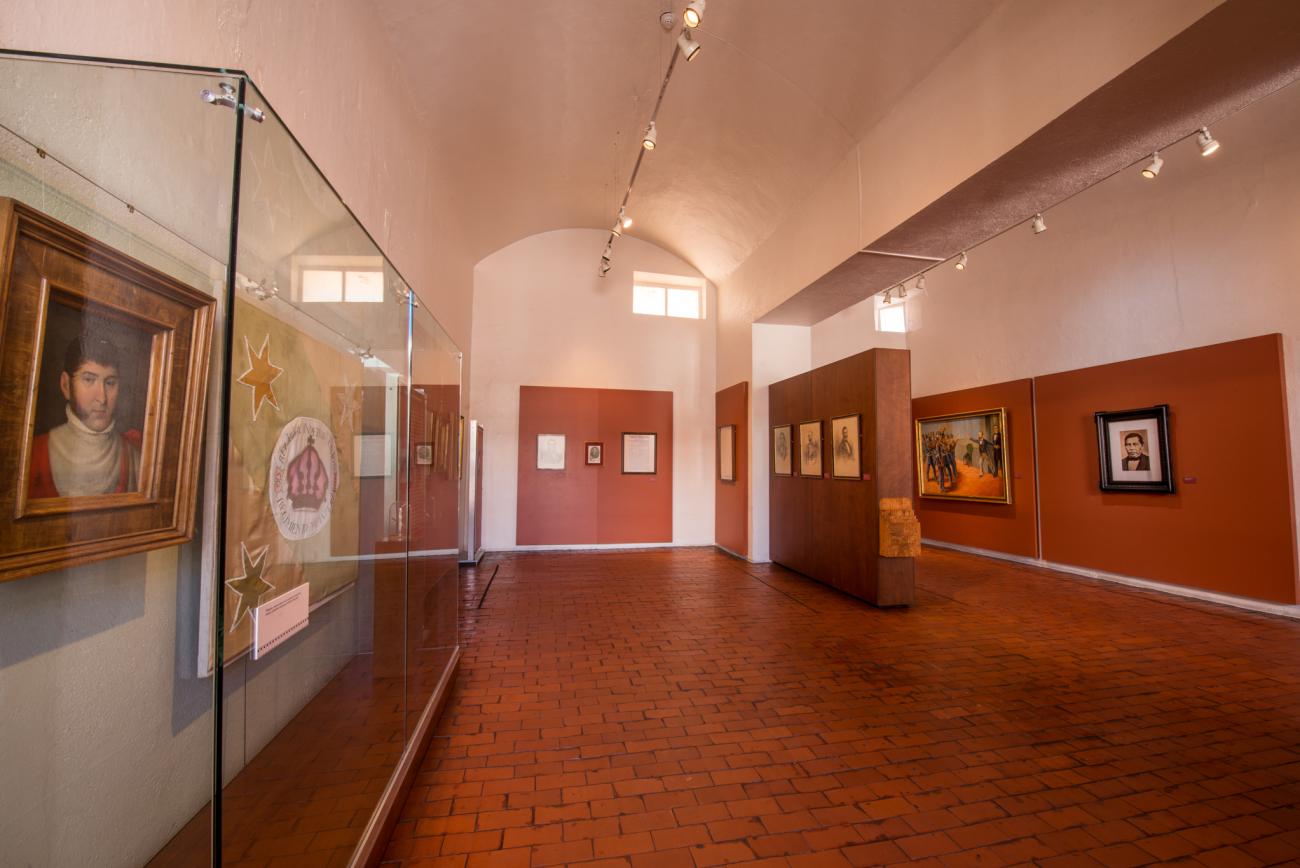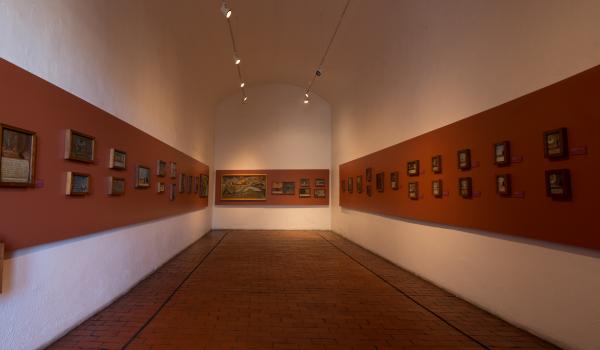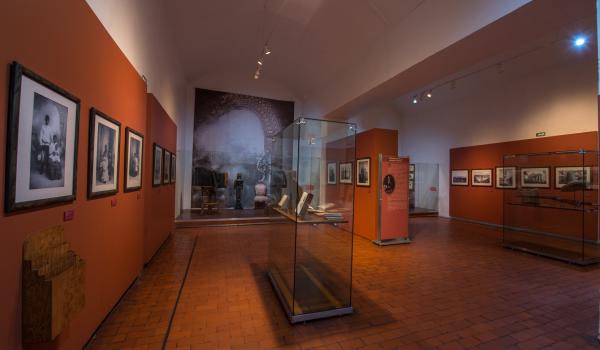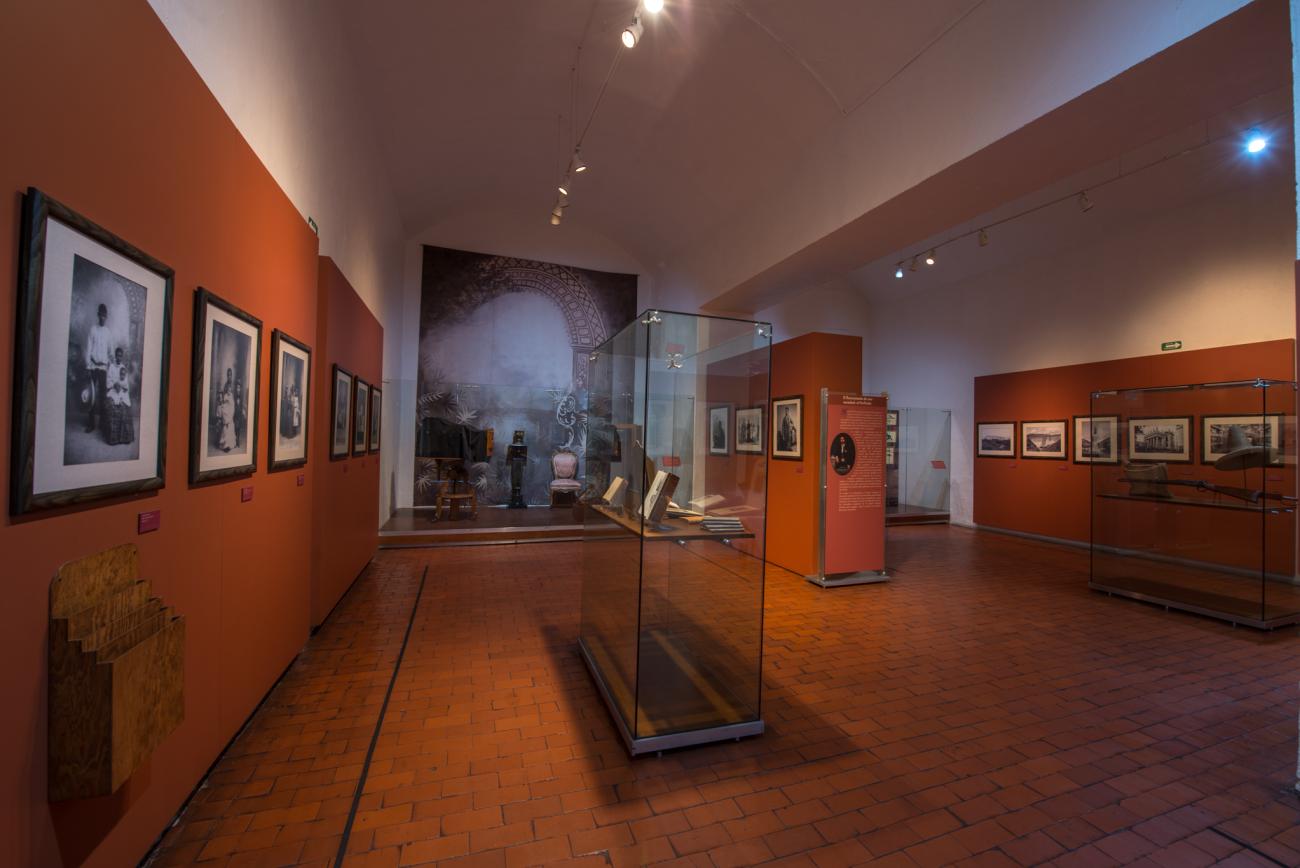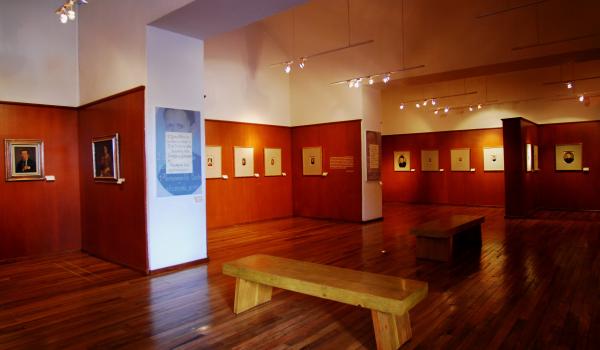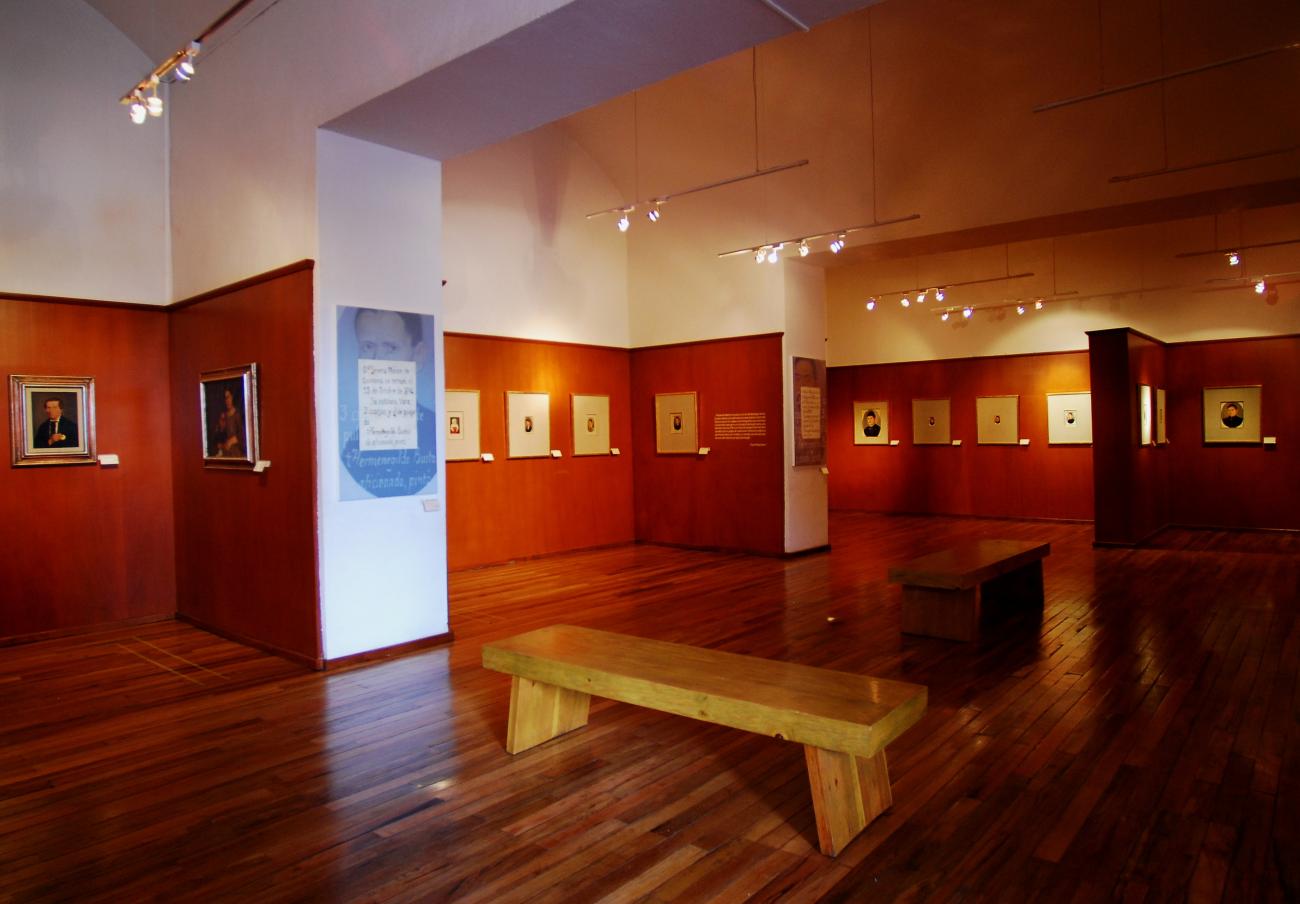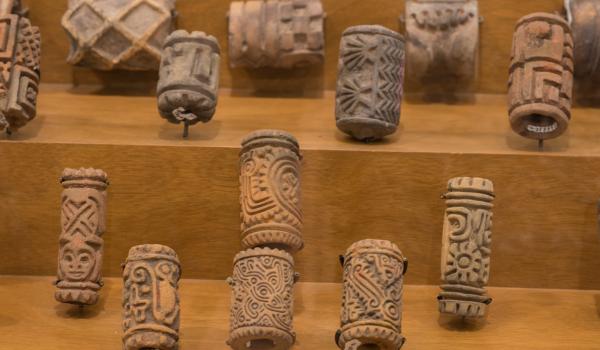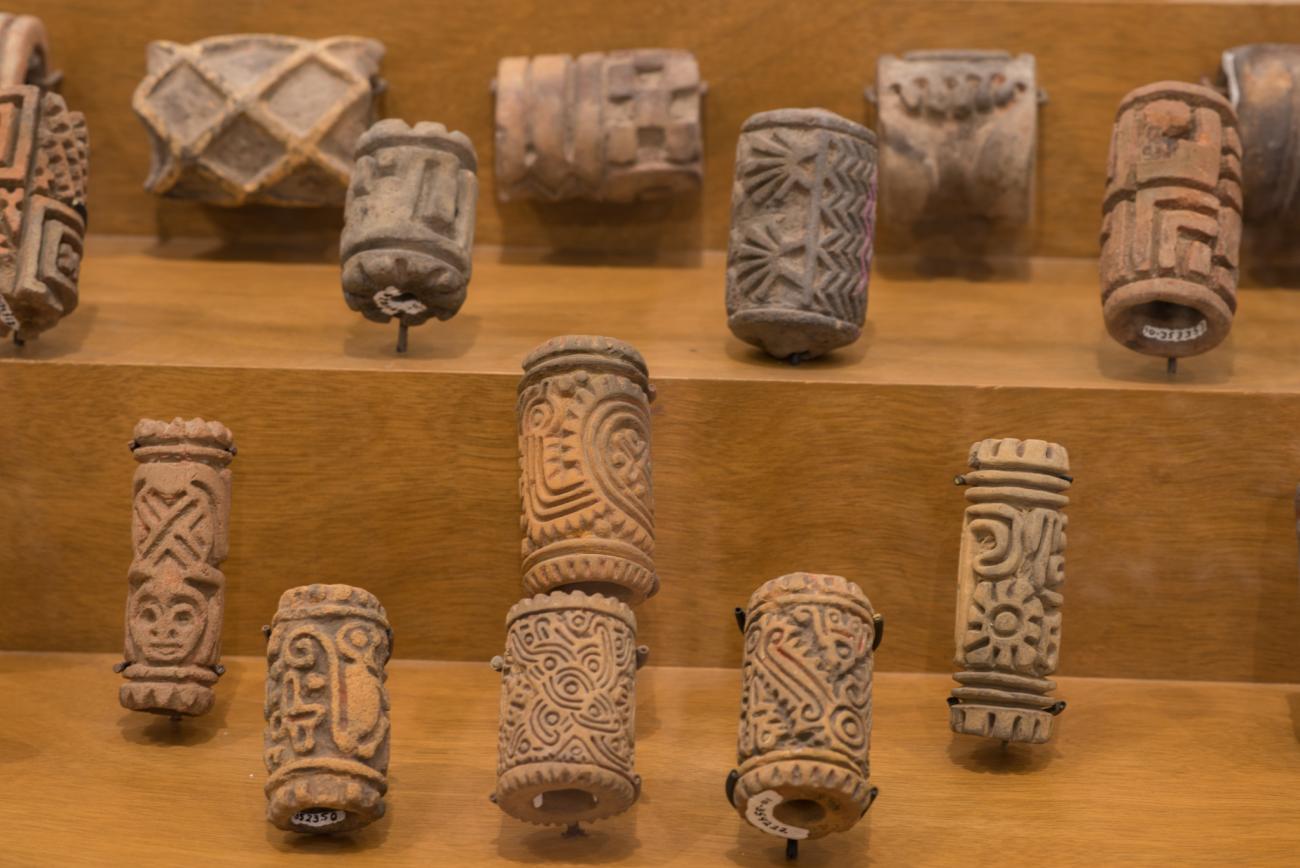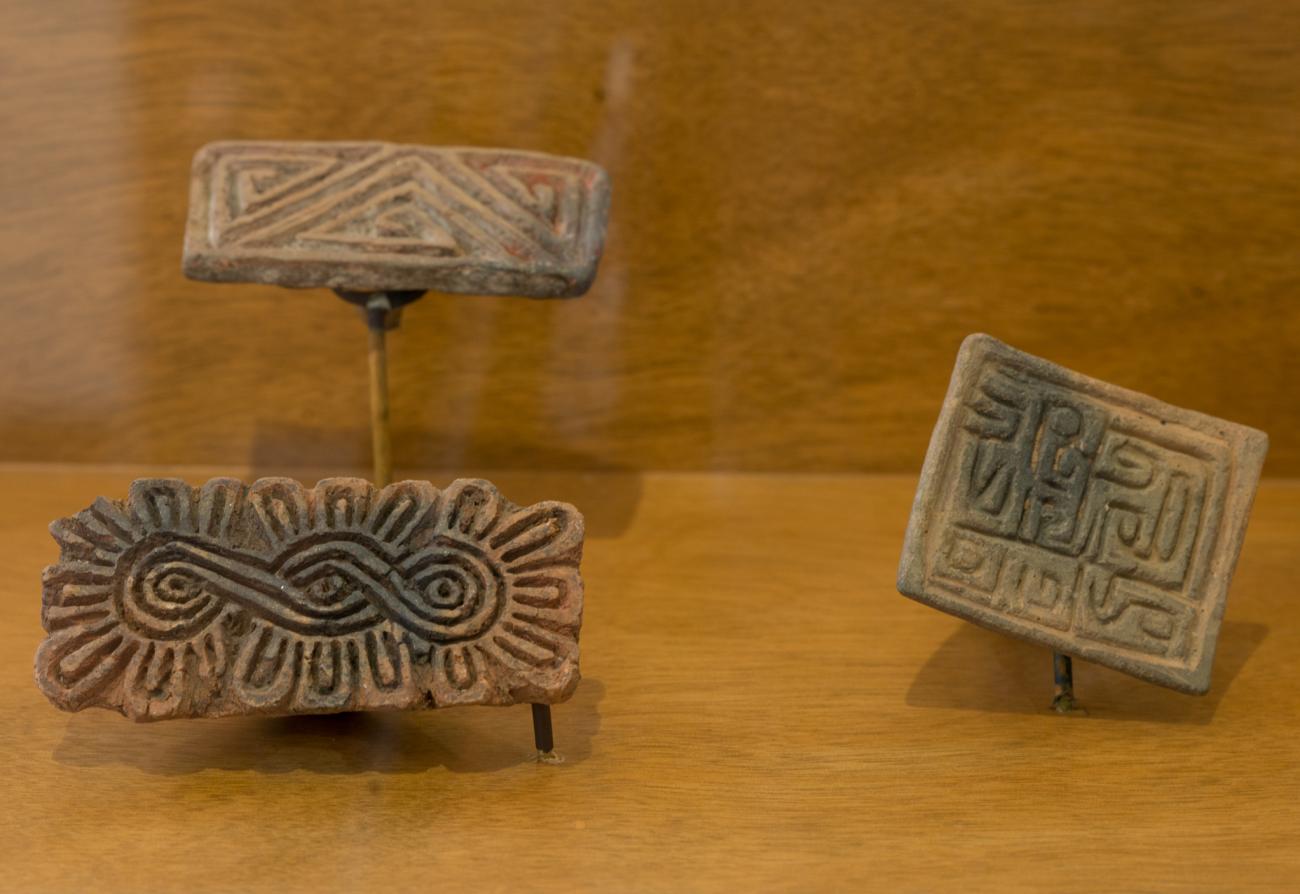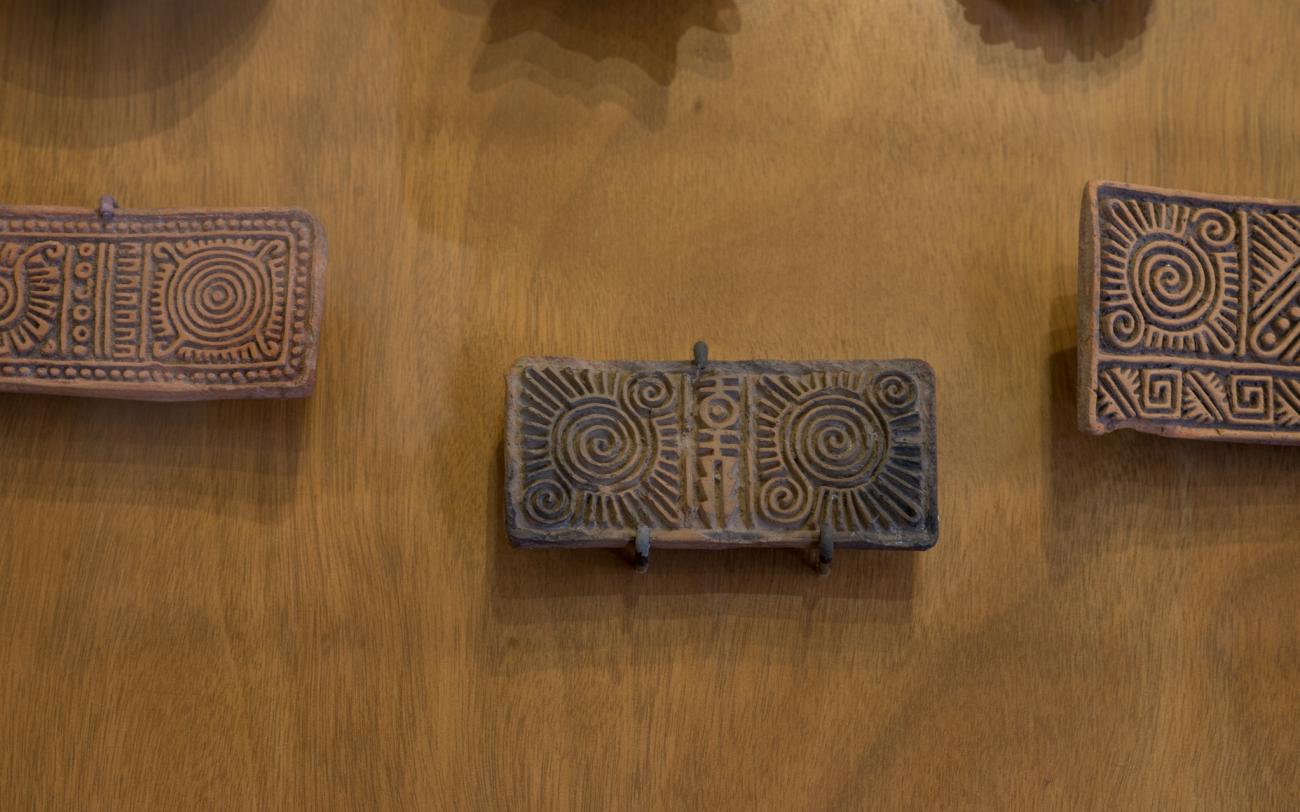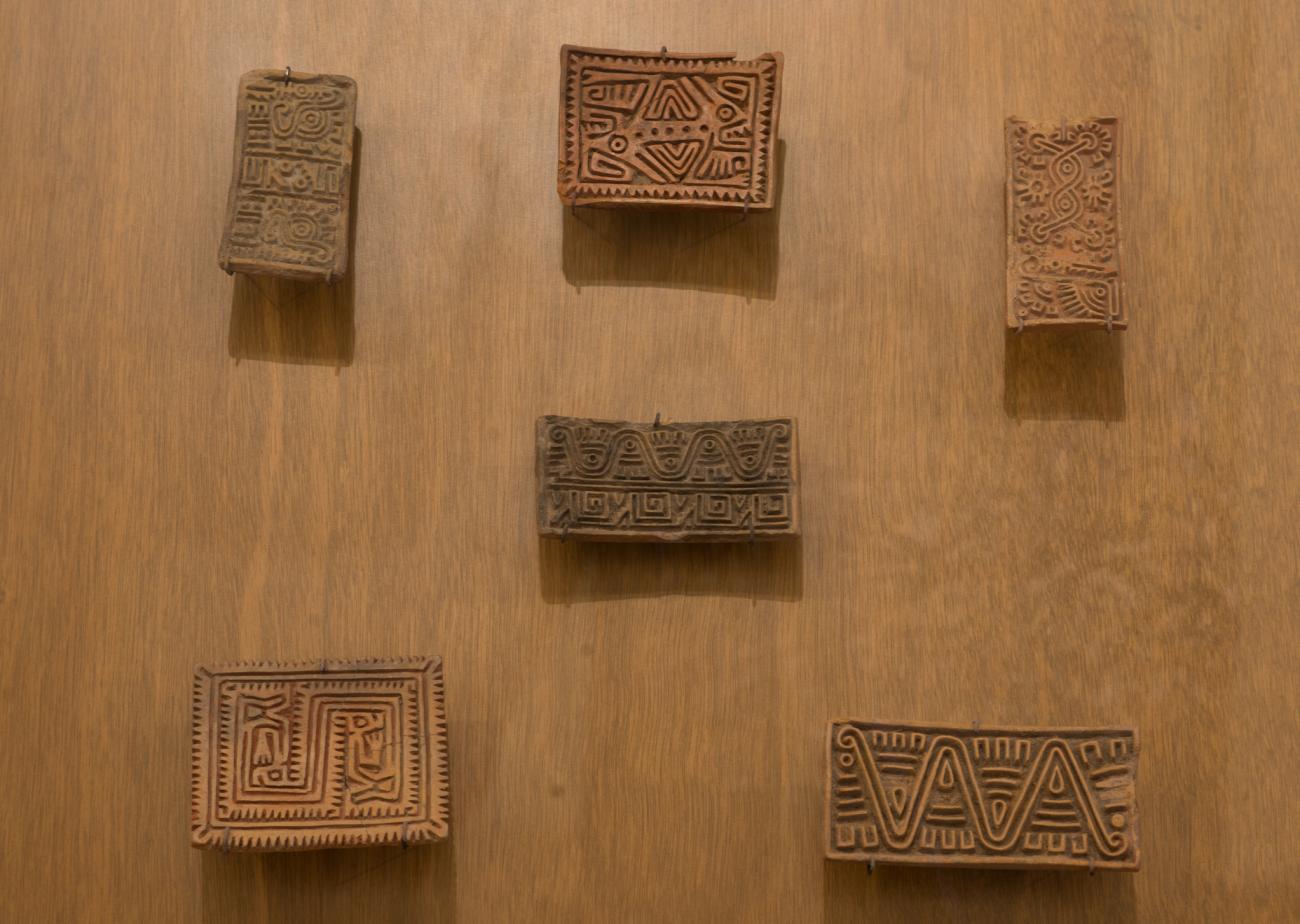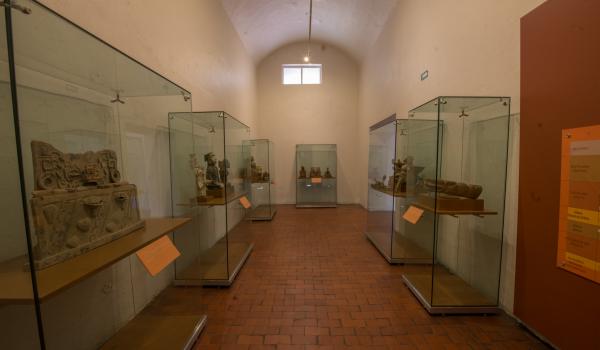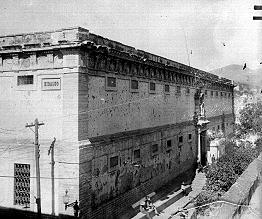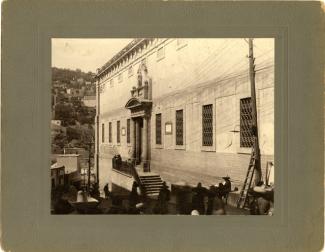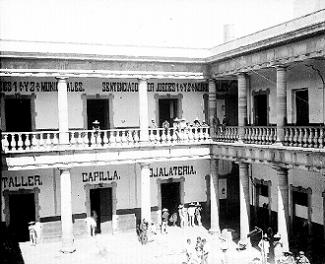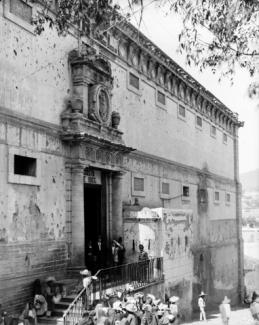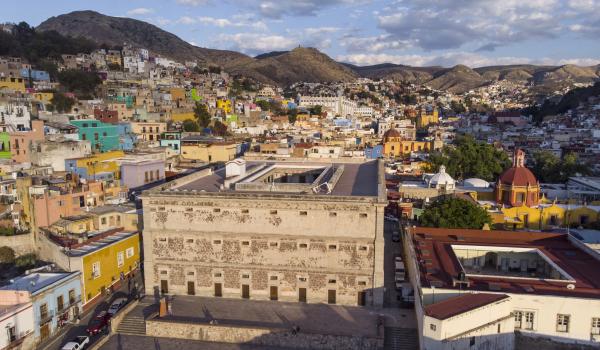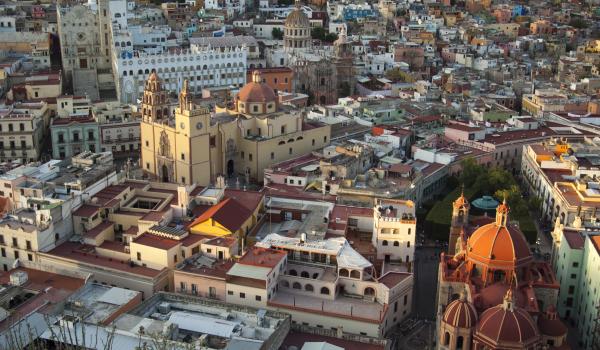This museum pays tribute to the heroes of the Mexican Independence movement and is home to a collection that traverses different historical periods of the state of Guanajuato. Opened in June 1958, the Regional Museum of Guanajuato occupies a building that itself symbolizes the beginning of the Mexican fight for Independence: the Alhóndiga de Granaditas (“public granary”). An important battle was fought here on September 28, 1810. The construction of this impressive piece of Neoclassical architecture, which began in 1797 and finished in 1809, reflects the prosperity in Guanajuato at the end of the eighteenth century. The first design for this construction was prepared by master architect José Alejandro Durán y Villaseñor in 1796, and altered by José del Mazo y Avilés, Head of Architecture at the Academy of San Carlos, who was in charge of drawing up the final blueprints and directing the construction. Over time, the building had different uses: granary, penitentiary, jail, school and court, until it was finally converted into a museum.
The Heroes' Enclosure is a space which was specially designed in 1967 to pay permanent tribute to Miguel Hidalgo, José María Morelos y Pavón, Mariano Jiménez, Ignacio Allende, Juan Aldama and Vicente Guerrero.
Of particular note in the museum’s collection is a very extensive collection of pre-Hispanic seals, made mainly from clay and stone, which represent plants, flowers, animals, human beings, mythical beings and a wide variety of geometric shapes. Archeological pieces from different cultures are also exhibited, brought together over 25 years by the painters José Chávez Morado and Olga Costa, as well as regional pottery from Chupícuaro, and folk handicrafts from around the state: textiles, ceramics, ironwork, tinwork, pottery, confectionery, stonework, traditional games, candles and objects relating to Mexican equestrian traditions, among others.
The national and regional events which marked Mexico’s history, from the events of the fight for Independence to the establishment of the Republic in 1823, are represented through documents, pictures and maps. The work of three Guanajuato artists stands out in this museum: Romualdo García, the state’s best-known photographer, whose work is considered to offer a catalogue of the social classes in Guanajuato between 1887 and 1914; the extraordinary paintings of Hermenegildo Bustos, and the excellent murals by José Chávez Morado.









